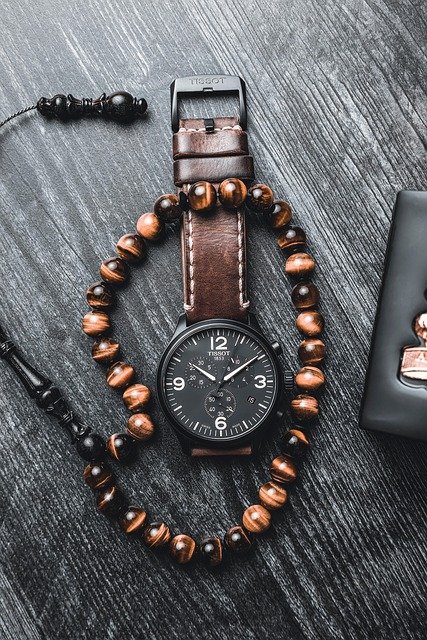A Practical Guide to Sizing Wristwear for Any Wrist
Finding the right fit for wristwear goes beyond a single measurement — it blends accurate sizing with material choice, style preferences, and intended use. Whether you favor bangles, wristbands, or charm-adorned pieces, understanding how sizing interacts with metals, leather, beads, and customization options helps ensure comfort, durability, and a flattering look for any wrist.

How to measure sizing for jewelry and wristwear?
Start with simple, reliable measurements: use a flexible measuring tape or a strip of paper around the wrist at the point where a watch or bracelet would naturally sit. Record the snug measurement, then add allowance depending on the style — about 0.5–1 cm (0.2–0.4 in) for a fitted bracelet, and 1–2 cm (0.4–0.8 in) for looser wristbands or layered stacks. For bangles that slip over the hand, measure the widest part of the hand (across the knuckles) and compare to bangle inner diameters. Always consider clasp type and intended movement when choosing a final size.
Choosing materials: metals, leather, and beads
Material affects fit and comfort as much as size. Metals hold shape and offer little stretch, so precise sizing is important with metal chains, plated links, or solid cuffs. Leather and woven cords can relax with wear and may require a slightly firmer initial fit or adjustable closures. Beaded bracelets follow the bead string’s flexibility; elastic wristbands allow easier on-and-off but can wear out over time. Consider skin sensitivity to certain metals and the effects of plating or coatings when selecting materials for daily wear.
Styles and fit: bangles, wristbands, and charms
Different styles demand different sizing approaches. Hinged or cuff bangles typically require exact inner circumference or diameter measurements and may rely on a small gap for ease of wear. Wristbands and charm bracelets often use extender chains or adjustable sliders to accommodate size variations and stacking. Charms add weight that can shift a bracelet’s balance, so try pieces on with intended charm loads to judge where the bracelet will sit and whether a looser or tighter fit is preferable for comfort and aesthetics.
Customization and craftsmanship details
Customization affects both fit and finish. Custom-length chains, engraved plates, and bespoke clasps allow precise sizing tailored to an individual’s wrist and style. Craftsmanship plays into durability: soldered links, reinforced crimps on beaded pieces, and quality stitching on leather ensure the chosen size holds up in daily use. When ordering custom work, provide multiple measurements (wrist, hand width, preferred allowance) and discuss closure options so artisans can recommend slight adjustments that preserve comfort without sacrificing structural integrity.
Stacking, plating, and long-term care
Stacking multiple pieces requires planning sizing for the group rather than each individual item. Allow slightly more room if you intend to stack several bangles or charm bracelets so the combined bulk doesn’t feel constrictive. Plating can affect how a piece ages; wear may reveal base metals over time and alter color or texture. Regular care—gentle cleaning, avoiding prolonged moisture, and periodic inspection of clasps and crimps—extends life and ensures the chosen size remains comfortable as components settle or wear.
Gifting, sustainability, and local services
When sizing for gifting, include gift receipts or opt for adjustable designs to accommodate uncertainty. Sustainable choices—recycled metals, responsibly sourced beads, and long-lasting leather alternatives—combine ethical considerations with practical durability, often influencing how a piece fits and ages. If you prefer in-person help, seek local services such as jewelers who offer sizing, resizing, or bespoke craftsmanship in your area; they can provide hands-on advice and adjustments for a precise outcome.
Conclusion Accurate sizing for wristwear is a balance of measurement, material knowledge, and style intent. By measuring carefully, accounting for material behavior, choosing appropriate closures, and considering stacking or customization needs, you can select or customize jewelry that sits comfortably and looks intentional on any wrist. Thoughtful sizing paired with basic care will keep pieces wearable and well-presented over time.






